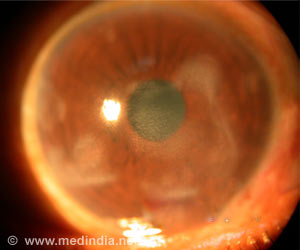Patterns of brain activity that help shape the way we perceive the world/ reality have been identified by a study presented at Neuroscience 2021, the annual meeting of the Society for Neuroscience.
The information about our external world is derived as our brain perceives and interprets the various sensory inputs, such as sights, sounds, and touches. This is shaped by cognitive processes such as attention, expectation, and memory.
‘Patterns of brain activity that help shape the way we perceive the world/ reality have been identified by a new study.
’
Hence understanding the neural basis behind these perceptual phenomena may help clarify reasons behind altered perception as seen in attention-deficit/hyperactivity disorder, autism, schizophrenia, and Alzheimer’s disease.
Cognitive findings
Some of the key findings were:
- A specific type of brain cell called a PV neuron improves the ability to distinguish a target sound from background noise in mice studies.
- The sense of ownership over one’s body while experiencing an event strengthens the memory representation of that event in the hippocampus (brain region involved in learning and memory).
- Humans and monkeys can simulate the versions of the world in similar ways.
- Human visual perception is enhanced by modulating communication between frontal and visual brain regions through non-invasive transcranial magnetic stimulation (TMS).
“The neuroscience findings presented today demonstrate the importance of comparative brain studies in long-standing issues in human perception and cognition. These advances show how research in different model systems can come together to inform our understanding of the human brain, from the neurobiological mechanisms of perception to our subjective perceptual experiences,” says Sabine Kastner, a professor at Princeton University who studies visual perception and attention.
Source: Medindia



